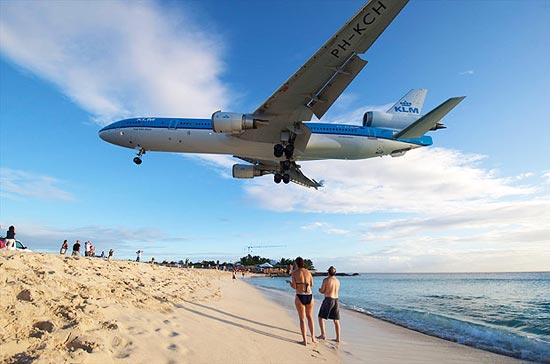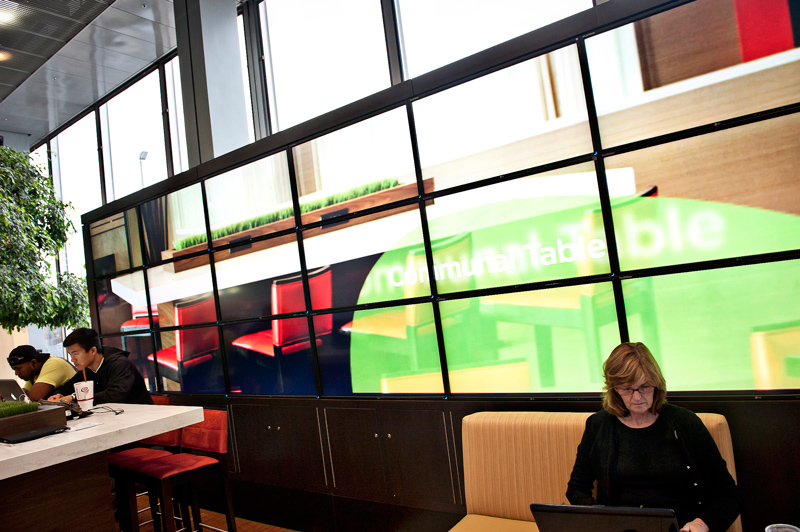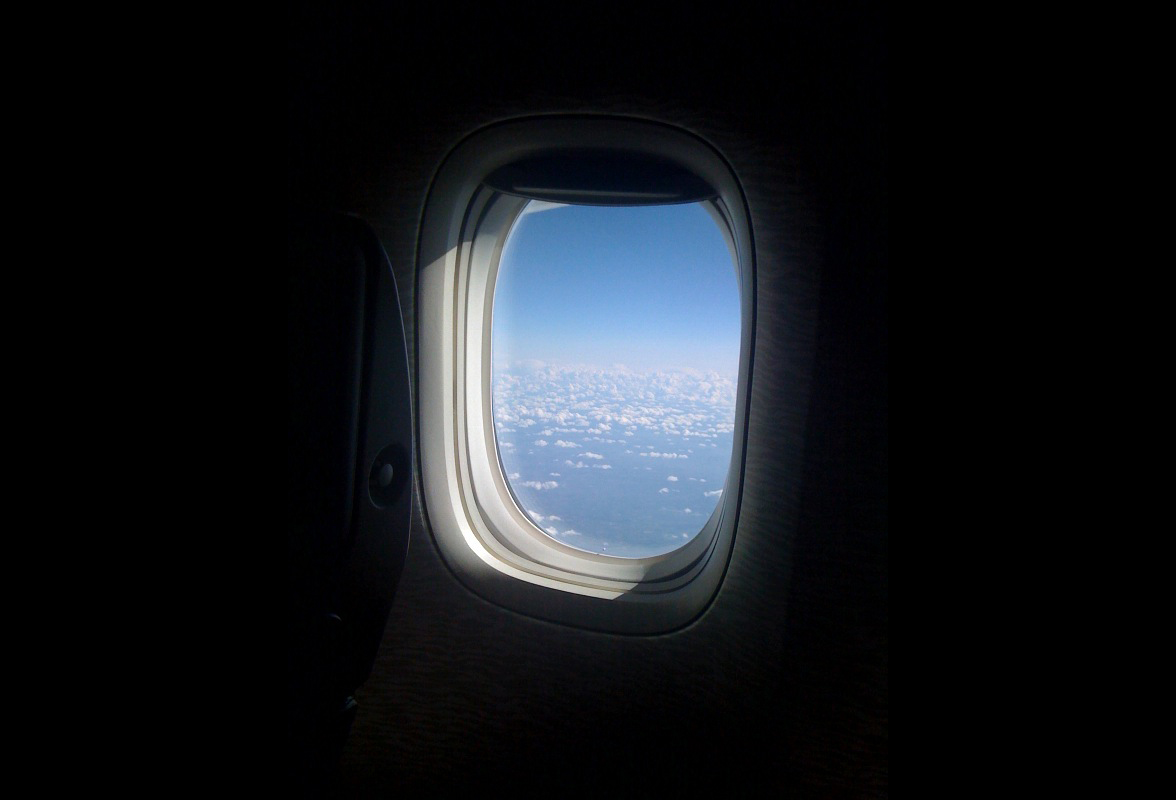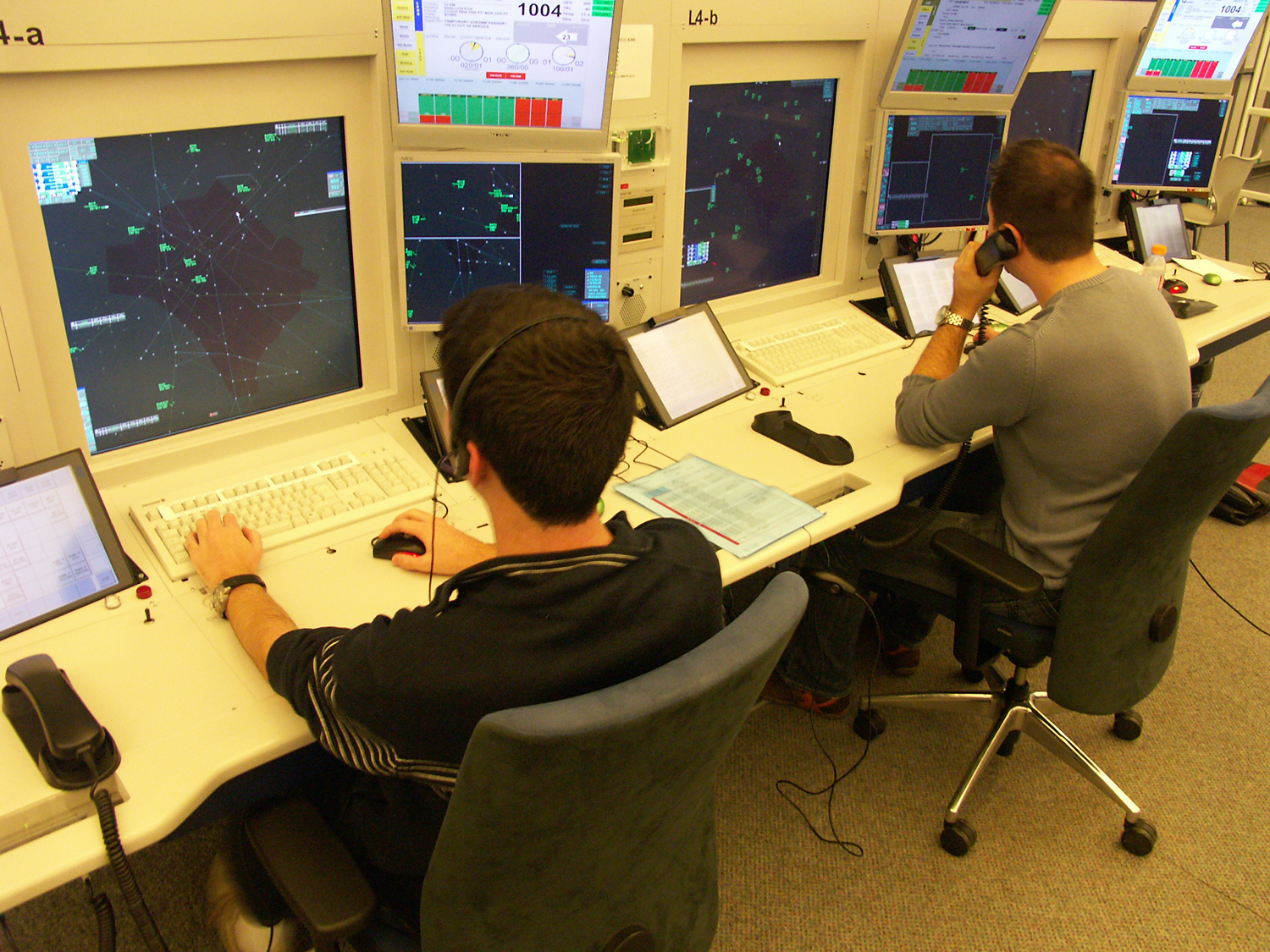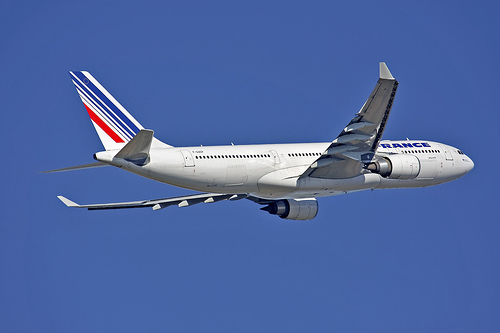- Check out our short new "image" video: http://animoto.com/s/IB4lIH84byQkQecLQfStCg #
- Check out the new About-page LateDeparture video: http://www.latedeparture.com/about/ http://fb.me/ucmhPBdH #
- WSJ.com – Travel Sites Ally to Block Google Deal http://on.wsj.com/9Bio6p #
- US travel security goes overboard, says EU http://bit.ly/90vl6x @yahoo #
- BAA losses shrink as business travel picks up http://bit.ly/bB9VQl @FT #BAA #LHR #
- Gary/Chicago airport appears ready for expansion of main runway http://t.co/7gMgyvV #GYY #
Category Archives: Various
25 departures you want to miss
There have been many articles about scary or plain (got it?) dangerous airports in the past, for example this one here from the Sydney Morning Herald in 2009 which even names JFK Airport in New York as one of them due to its congested flight paths it shares with Newark and La Guardia. Our friends over at CarHire.org (yes, you read that right; I don’t know either what car hire has to do with scary airports, but who cares?) went further and provided a top-25 list of the scariest runways. All but one include direct YouTube videos which of course helps to illustrate the point.
Continue reading 25 departures you want to miss
Hotel chain brings comfy lobby to 3 US airports
It seems as marketers are increasingly often utilising airports to promote their products and services in a “hands on way”. Remember that “Hello Kitty” gate at Taipei International? This time it’s the hotel chain Courtyard by Marriott showcasing their redesigned hotel lobbies in three US airports:
Travelers looking for a better place to sit than the terminal chairs, and whose laptops (and bodies) could use a little recharge are in luck when making a stop at Chicago, Atlanta and Denver airports. To promote their new lobbies, Courtyard has built full sized lobby replicas complete with comfy couches, booths, electrical outlets, HD TV’s and GoBoards (touch screen televisions with local news and attractions) that travelers are invited to experience firsthand. They will be up until mid-November and will be staffed 24 hours a day by a brand ambassador who can help with any questions people may have.
So make sure to head to one of these areas and relax for a few minutes while your laptop gets that long awaited recharge. Currently you find the first of the 3 lobbies at Chicago’s O’Hare airport (IATA: ORD) and later in the week they will also come to Atlanta (IATA: ATL) and Denver (IATA: DEN).
Here is the original press release:
Courtyard Brings New Hotel Lobby to Frequent Flyers
Weary travelers now have place to relax and recharge in three of the nation’s busiest airportsChicago, Illinois – September 15, 2010 – Courtyard by Marriott is creating an airport oasis for stressed out air travelers at Chicago O’Hare International Airport. For the next two months, the deep exhales and soothing sighs of relief you’ll hear at O’Hare will be frequent flyers relaxing and recharging in Courtyard’s new lobby. In addition to O’Hare, the lobbies have been recreated at Atlanta Hartsfield-Jackson and Denver International airports.
At O’Hare, the popular lodging brand has brought the new Refreshing Business lobby to the main corridor of the ticketed area at Terminal Two. The lobby provides travelers with the perfect place to sit and relax or catch up on work while powering up their laptops before the next flight.
Courtyard by Marriott wants air travelers to experience the new design and sample amenities that can be found at 190 Courtyard hotels across the U.S., which has received rave reviews from business and leisure travelers.
The program brings the lobby zones to places where travelers congregate. It was launched on September 7th at an event in New York City’s Grand Central Terminal featuring a special performance by six-time Grammy Award winner John Legend.
The design is contemporary and stylish, and gives travelers options and flexibility to make the most of their time on the road. Courtyard by Marriott designed the lobby to be an environment for guests to work, relax or socialize, whether traveling alone or in groups.
Some of the Courtyard by Marriott Refreshing Business lobby amenities featured in the airport lobby zones include:
- flexible seating options including a communal table and more private media booths with high-definition televisions
- ample electrical outlets so guests can plug-in and charge their mobile devices and laptops
- the brand’s exclusive, interactive GoBoard® technology – a 55-inch LCD touch screen packed with local news, business and sports headlines from USA Today. Guests can also navigate the touch screen mapping feature to find restaurants, local attractions and print directions.
“Guests who have stayed in Courtyard hotels with the Refreshing Business lobby have raved about the new concept,” said Janis Milham, vice president and global brand manager, Courtyard by Marriott. “Our goal with this lobby zone program is to make travelers who have yet to experience it aware of our new product, and what better way to reach these travelers than at major airports.”
By the end of this year, our owners will have spent nearly $190 million to put the new lobby into nearly 260 Courtyard hotels. The brand expects to have 500 hotels with the new lobby by the end of 2011.
Aisle or Window?
Aisle or a window seat? I’m sure many of you think about this question already at home weeks before your actual flight. All of us passengers have to make a choice at some point though and I’ve seldom heard anyone saying they are indifferent about their seat selection. I, for example, have a rule where on short flights of 5 hours or less I will always want a window seat, but on long-haul flight I prefer the aisle.
Mark Vanhoenacker will always choose the window seat though. Mark is pilot, but that’s not the point, obviously in the cockpit he has a window in front of him, but Mark goes for the window seat every time he sits in the back of an aircraft too. And no, not for safety reasons, simply because he enjoys the magnificent views one is often presented on landing at many of the world’s airports.
In the New York Times, Mark recently wrote about his experience in the window seat and what you can view on what destination:
While all frequent fliers will have their favorites, some cities are perennial winners. Passengers flying to San Francisco, for example, are regularly treated to marvelous views of its bridges, hills and microclimates.
Read everything in the full article. You can also submit your own window seat views here. A selection of pictures will be published on the 25th April.
Picture by LateDeparture.com – all rights reserved.
Chocolate Fest at Zurich Airport
Well, this isn’t actually news as Zurich Airport’s Chocolate Fest has been going on since the 19th February. But it did catch my eyes this time while travelling through the airport. Why? No, not because I felt a sudden chocolate rush and would have had to try all the yummy offerings from Lindt, Toblerone, Frey or Sprüngli (honestly!), it was because I discovered this chocolate art creation you see in the picture: Australia in chocolate. I’m actually emigrating to this country next month, so it fit very well. Next to the Australian icons you can also discover other countries’ themes made of, you guessed it, chocolate. It’s worthwhile going for a quick tour so that you then at least have an excuse to try those “god forbidden” Sprüngli truffes…
The exhibition continues until the 5th April and you can find it in the transfer & shopping area A at Zurich airport. The Sprüngli truffes can be enjoyed even beyond that date at their airport store in A and E.
BBC’s Top Gear tests airport vehicles
BBC’s top rated car motorshow “Top Gear” ran an interesting feature about airport vehicles in their latest show on Sunday (series 14, episode 4). There, Richard Hammond, one of the hosts of the show alongside Jeremy Clarkson and James May, conducted a race of various airport vehicles in order to determine which one the fastest is and therefore which one the model for all other airport vehicles should be.
If you know the show, then you also know that they don’t take tests like this very serious in terms of “accuracy”, but rather make it very visual and entertaining. It’s definitely worthwhile watching.
Five things Alain de Botton learned at Heathrow’s T5
The Guardian yesterday published five things Alain de Botton learned from spending a week in Heathrow‘s terminal 5. BAA hired the Swiss philosopher a month ago and granted him unlimited access to all areas in the terminal. Here is what he found:
1 A surprising number of people die at Heathrow every week: around two a terminal. The 20 minutes after you’ve got off the plane are especially hazardous to your constitution. Then again, given the tenderness that parting couples show one another at the barrier, the prospect of death en route can do wonders for any fractious relationship.
2 There’s a British Airways check-in employee at Terminal 5 who, if you manage to be especially rude to her, will pretend that her machine has suddenly designated you for an upgrade. Then, just as she observes your scowl turn into a deferential smile, she will take a second look at her screen, sigh empathetically and announce that sadly the system has mysterious changed its mind and there won’t be an upgrade after all. “That’s a lesson that normally lasts a lifetime,” she reckons.
3 It’s a good deal more interesting to study how an airline meal is made than to eat one. Every weekday at around 4am, a mile from Terminal 5, in an aluminium shed owned by Gate Gourmet, a woman called Leyla sets to work grilling the hundred lamb cutlets that will, a few hours later, face Emirates business-class passengers on EK008 to Dubai.
4 What spoils our experience of airports is that we tend to go there only to catch a flight. We’d be wiser to start going with a view to doing nothing other than have a look around, as people used to do in the 1960s – and which we will probably have to relearn to do, as we wake up to the extraordinary environmental impact of even the most advanced aeroplane engines.
5 To judge by the continuing success of airport-based company Caviar House, homo sapiens manifests a special proclivity for the creatures of the sea as it prepares to take to the skies. Our sea-based appetites perhaps result from a semiconscious desire to savour man’s triumph over both the oceans and the skies, the overworld and the underworld, this duality perfectly reconciled in a man who can in the same afternoon eat a dozen oysters and board a 747 to another continent.
Alain de Botton’s new book, “A Week at the Airport” is available here (Profile Books, £8.99). In addition, Passengers can get one of 10,000 exclusive copies distributed for free at Costa Coffee stores in all 5 London Heathrow terminals.
[Picture from the Guardian]
Interview: Air Traffic Controller from Geneva Airport
LateDeparture.com is proud to have secured an interview with Daniela, an experienced Air Traffic Controller from Geneva airport. She provides us with interesting insights about her job, the stress levels and where she thinks air traffic volumes are heading towards. Plus she provides us with her favourite airport tips.
How did you become a Air Traffic Controller (ATC)?
After a few psycho-technical and job related tests, SKYGUIDE (former swisscontrol) proposed me to join a 36 months lasting student course.
The first year, I had a lot of theory lessons about legislation, aerodynamics, aircraft recognition and other ATC subjects followed by a period of simulator training.
Then, all the students (around 40) of my class were transferred to the final location, either Geneva, Zurich, Bern or Lugano. We had also few students working for military airports.
After two more years of on the job training, under surveillance of a confirmed and trained coach, I got my license to work alone on the different sectors at the tower and approach-sector in Geneva.
Can you explain our readers what your job involves on a day to day basis?
In my daily business I am always member of a team working in changing shifts.
In the Tower or Aerodrome Control, our team has to supervise the entire airport’s taxiing, takeoff and landing operations, as well as handling all the airborne traffic in the airport’s immediate vicinity.
In Approach Control, we guide all approaches and departures within a radius of around 50 kilometres from the airport. This includes managing and monitoring departing flights as they climb to their assigned levels and airways, and assisting aircraft down until they are handed over to the Tower.
Many people regard your job as a very stressful one with a lot of responsibility, do you see it this way too?
It can be very stressful, for instance on high loaded days as during the summer holiday period.
But, to hand over to an other colleague at the end of my shift, is the hugest advantage of my job. At the end of my working day I do not have to worry about ongoing folders as someone else is taking on the traffic.
During the years you have worked in your job, the air traffic volume has increased steadily, did your workload increase in parallel to that?
Yes, it increased constantly, but not at the same rate as the traffic volume. Compared to the nineties we have a lot more technical help, the systems are in a constant evolution to assist us in an optimal way.
As this blog is about what you can do at airports when your flight is delayed, one obvious question is, what areas can Air Traffic Controller influence in terms of punctuality or delay in terms of a specific flight?
Obviously, every ATC is always doing his best to expedite the traffic flow.
We try to optimize constantly the speeds of the arriving traffic in a way to permit to get in-between each arrival at least one departure out. This is by the way a specificity of Geneva as we are one of the busiest airports with one single runway in use.
For the slot management we do not have a lot of possibilities to act on, as we are only one of many handling a flight.
Each sector treating a flight from the departure airport to the final destination has a certain capacity, meaning an amount of traffic it is able to handle at a given time at the given conditions.
This capacity depends on the weather conditions, the staffing, the availability of navigational aids and technical installations.
For all flights anywhere in Europe, the routings are collected in a central computer at Brussels where they are compared and so called departure slots are distributed to flights which risk to be in a traffic congestion.
This flights are then held on ground instead of being kept longer in the air in a traffic jam.
Can you illustrate a specific example for Geneva airport where a situation led to delays? What did you (have to) do about it?
One obvious example creating delay is a runway closure, for instance in winter time, when snow clearing becomes necessary. Then, the fire brigade needs around half an hour to remove the snow on a large width and the whole length of the runway.
As well in winter, the time needed on ground for the aircraft can be increased for deicing procedures. The aircrafts have to be cleared of ice and snow which could cause too much resistance during flight enabling the aircraft to fly properly.
But the most common reason for delay is the overload of sectors, as all the companies want to have the same arriving times at their destination. For example, a lot of businessjets plan to arrive on time for the first meetings in the morning, so you create the same traffic jams as you find on the road on the way to your office.
Clearly safety is the biggest priority in your job, but do you also get measured on timeliness of arriving and departing aircrafts?
Yes, we do get regularly feedback on our performance in terms of delay.
There exists a so called “hit-list” of the worst airports in Europe where Geneva figures on as number 17 with an average delay of around 0.34 minutes per flight for the 175’863 handled flights in 2008. 95% of all flights were able to respect their schedule on time.
What would your suggestion be for improving flight punctuality in general?
As a passenger you can contribute to more punctuality by being ready early enough at the gate. This measure helps the companies to leave the stand on time and meet the given departure slot.
If a flight is delayed due to a missing passenger, the company has to announce the delay to the flow management and the departure slot is lost. As it is a last-minute change, this flight will get the next available slot which can be hours later. The principal of the slot allocation is always “first come, first served”.
The second suggestion would be to be patient, as a flight is much safer, economically and ecologically while waiting on the ground than doing holding patterns close to the overloaded destination.
You have probably come across many airports in your life as well, do you have a personal favorite and if so, what makes that airport special?
Of course Geneva Cointrin is one of my favorites, as you can get one of the best coffees and chocolates at “MARTELS confiseur” close to the arrival hall. It is also famous for its “pavé de Genève”, a chocolate speciality.
An other airport I like a lot is Copenhagen [read our reviewed here] , people are very friendly and from an operational point of view, the two parallel runways and the very flat topography are a huge advantage for expediting the traffic.
Thank you very much, Daniela, for your time answering all our questions!
[Picture from Skyguide]
Guestblog: How airports prepare for emergencies
The recent disappearance of Air France Flight 447 off the coast of Brazil raises the question of how airports prepare and handle emergencies. Although the A330 did not send out a distress call, or was able to return, or divert to a nearby airport, airports are prepared for such events, and have very strict protocols of how to deal with various emergencies that occur on the airfield.
All FAA Part 139 airports in the United States are required to have an Airport Certification Manual with an outline of procedures for response teams, such as ARFF (Aircraft Rescue Fire Fighting), law enforcement, and airport operations in order to respond to emergencies ranging from aircraft alerts to medical situations. Airports in other countries that are regulated or lease any part of the airfield from the government will have similar regulations in place. An airport needs to be regulated and occasionally audited to ensure that airport staff is adequately trained to deal with such emergencies.
Flights that have been victim of a hijacking, bomb threat, or mechanical failure are serious instances that require special training. Typically, when a Captain receives notice of a bomb threat or hijacking, the aircraft will land immediately and airport officials will direct the aircraft to a safe and unpopulated area of the airfield. Law enforcement officials will be escorted to the aircraft where they will take incident command and proceed with their own procedures.
When Hurricane Katrina struck Louisiana, the city of New Orleans did not have a plan of scale to evacuate elderly residents and those without transportation. The city, which owns the airport has devised an emergency plan, with the help of a private company, and approved by government officials is now in place for the next potential hurricane. The plan includes preferred routes for traffic flow into the airport facility for those being bused or flown out.
Air France Flight 447, an Airbus 330, was flown into a strong storm off the coast of Brazil where it suffered from severe turbulence and a possible lighting strike which may have induced an electrical failure, ultimately causing it to go down. The flight crew reportedly never declared an emergency, but if they were closer to the shore and were able to glide with or without power to a nearby airport, it would have been classified as an Alert III, the most serious of all aircraft emergencies. The airport would be responsible for responding with ARFF and medical teams to evacuate passengers and crew. If the plane were disabled and crippled on the runway, the airline or owner would be responsible for removing it at their cost. The cost of removal is never the responsibility of the airport, but if an actual large scale crash does occur in the vicinity of the airport, a closure is imminent until it can be cleared.
[Article provided by Jeffrey from Airport Chronicles exclusively for LateDeparture.com – Picture shows the disappeared Air France jet with the registration F-GZCP and comes from Flickr, some rights reserved]
Hello 2009 – Hello Kitty Lounge
Well, nothing is impossible and that definitely holds true for Asia: Terminal 2 of Taiwan’s Taoyuan International Airport (IATA: TPE) features a full-blown Hello Kitty Lounge with adjacent – wait for it – Hello Kitty souvenir shop. Apparently you can even board some planes directly from the lounge. I guess one of these planes here. Up to you now to decide whether that’s a great sign of what we can expect at airports in 2009 or not…
[Original Post from the Hello Kitty Gifts Blog]


